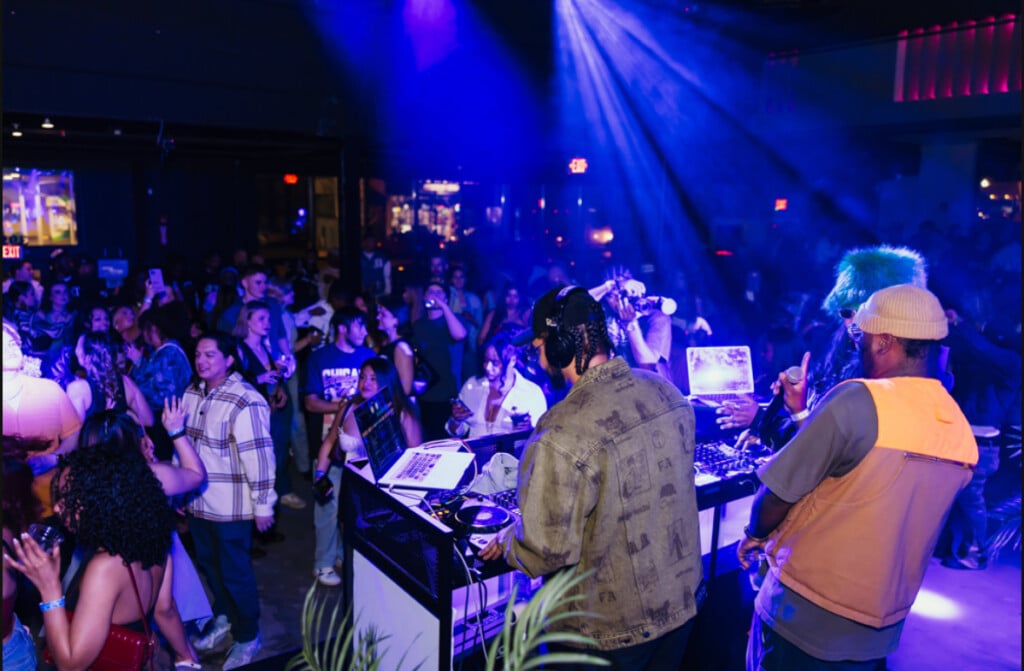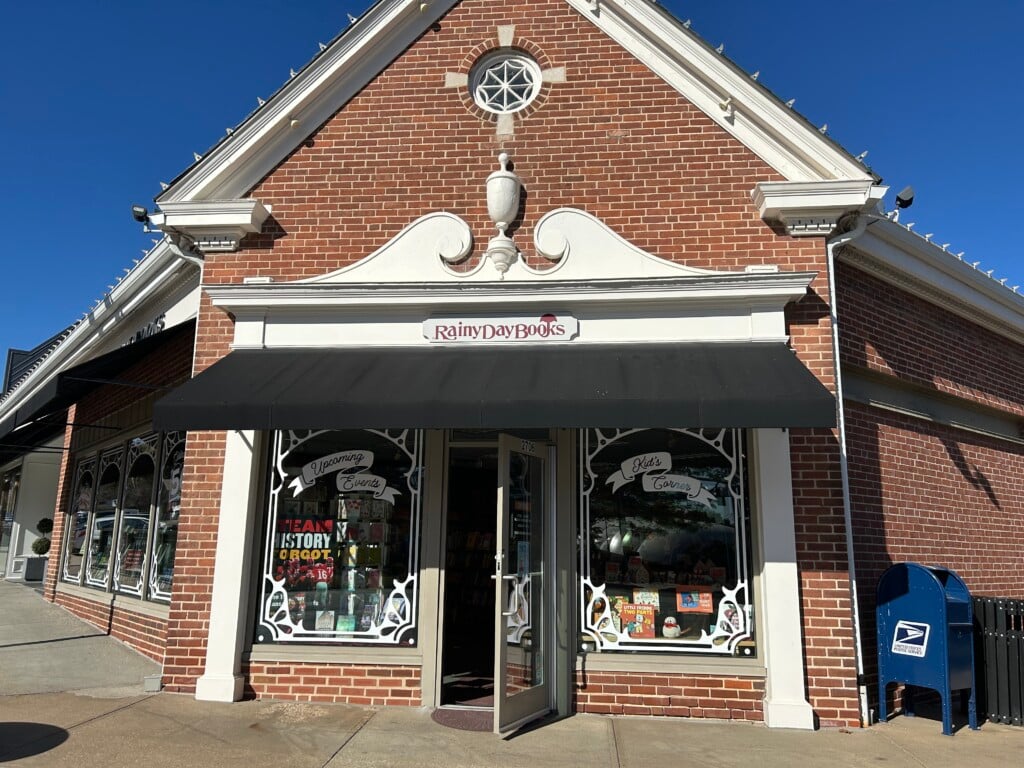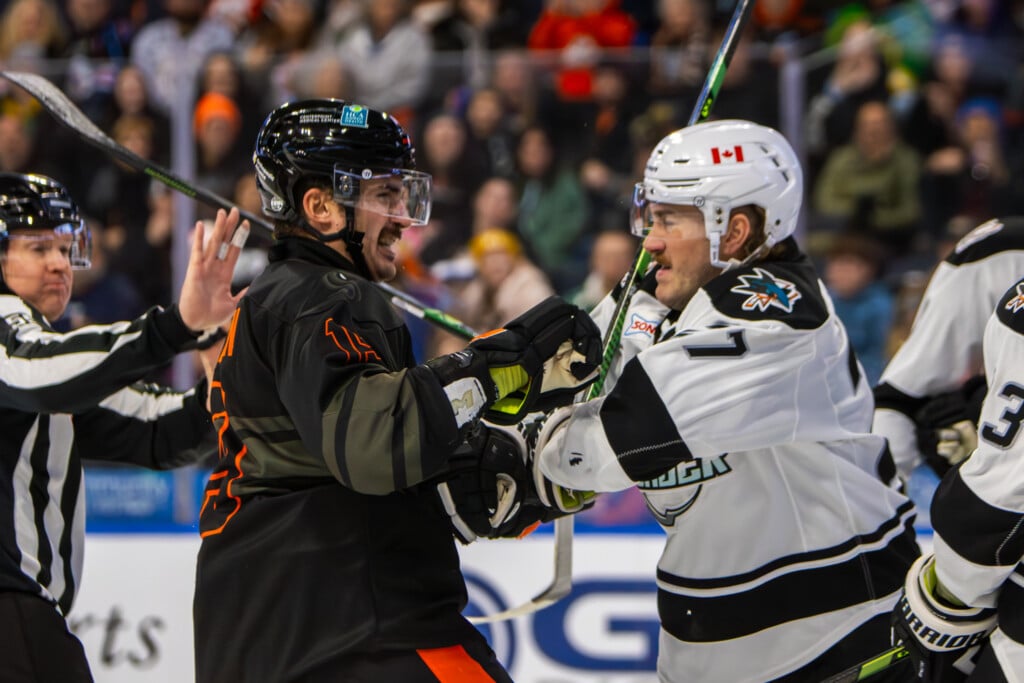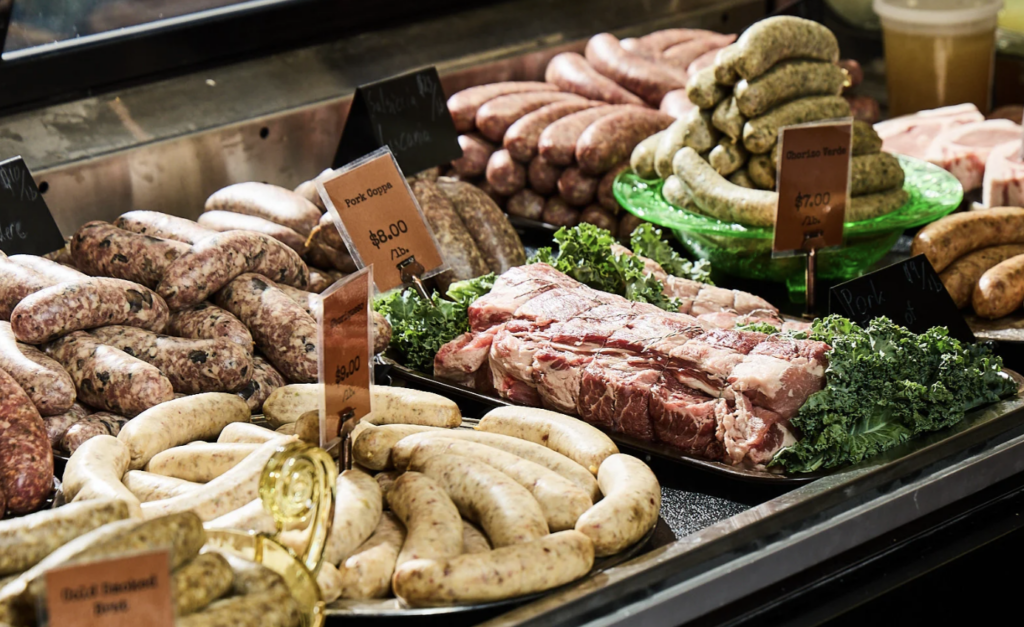West 18th Street Fashion Show announces its Wild Summer designers, and designer curator Rachel Anne Gottlieb talks about her role in the event
Organizers of the 16th annual West 18th Street Fashion Show have just announced their list of designers for the June 11 event. As usual, it’s an intriguing group (full list after the jump), and the results are bound to surprise another capacity crowd. (Runway tickets go on sale May 1.)
The theme this year is Wild Summer, but Rachel Anne Gottlieb, the event’s designer curator, talks about her new role in the show — and about her field generally — with a practiced, decidedly un-wild calm that approaches haute zen. The Fashion Institute of Technology graduate has shown strong work on the past couple of West 18th Street runways, and now she’s guiding the 2016 class. She answered my questions by e-mail.
The Pitch: You’re one of the subjects interviewed in The Pitch‘s preview of the 2014 West 18th Street Fashion Show, and as we meet you in that story, you’re hearing a critique from the producers. Creatives require that kind of thing, but for a lot of us it’s not easy to get — or to give. How do you approach the critical element of curation, especially when you’re working with multiple people who each process feedback differently?
My main goal as curator is to be as supportive of everyone as individual designers while upholding the integrity of the show and theme. Being a designer myself, I want to respect the aesthetic of each participant in the show, and without imposing myself upon them with my biases concerning design, my attempts are to refine and clarify their vision, raise their standards of construction, and push them to be better than they expected.
I love critiques, on both ends. Receiving critiques allows me to see other perspectives and interpretations of my work, therefore expanding my boundaries as an artist while letting me understand my viewer. Others interpretations are equally, if not more, important than your own, and critiques are lovely little previews into how the rest of the world will see your work. Giving critiques allows me to hear other people’s creative process and vision and gives me the most glorious opportunity to improve upon their work. Both giving and receiving critiques forces one to truly listen, to separate oneself from your work and opinions, and to put away pride.
Even though everyone’s work varies so widely, I use the same approach with all my designers. Before each meeting, I spend time getting to look at their previous work and current proposals, which gives me a better understanding of them and allows me to acknowledge what their potential strengths and weaknesses are before we even meet. During a designer’s presentation, I listen wholly and completely and try to view things in an objective, personal and professional manner all at once. Seeing things through all three lenses is really important in order to give a thorough critique. During my critique I like to balance and highlight the strengths of their past work and work in progress before pointing out the things that need to be improved upon or explored.
It’s vital to make everyone feel loved and appreciated for their efforts. I am so deeply invested in their work and successes and I think all the designers and everyone I collaborate with truly feels that during our critiques and wants to impress me, the community and, most important, themselves.
Your website has a lot of arresting photos, and when you look at them all, you notice how vital the surroundings and the viewer’s sense of proximity and other factors are when you look at a garment or a style as a still image rather than in motion, as on a runway. How much are you thinking about motion and closeness when you design something and when you’re talking with other designers?
Presentation is extremely important to me in both my design and styling work. From the very beginning, during my formative design process, I think of the garment’s movement on the wearer, its presence on the runway viewed by the audience and. most important, the up-close details of the garment. I personally am extremely thorough and absolutely obsessed with details, both on the outside and the inside of the garment. A mark of all good art is that it is intriguing and beautiful from far away, but that it pulls you closer and closer and becomes new, intimate and beautiful with each step forward.
Theatricality is also an element I pursue in both my personal appearance and in my runways and is something I try to instill in other designers via my curatorial duties. Collections themselves are opportunities to tell stories, spread messages and express oneself, and runways are the moments when those stories come to life and should be made exclamatory, almost hyperbolic. When discussing the runway with the designers, we talk about the audience’s perspective a lot — the best way to highlight the concept and garments, and ways to make their presentations more exciting and participatory. The runway is also a collaborative effort, and a lot of the magic stems from the work of talented hair stylists, makeup artists, manicurists and models. It is the duty of the designer to design not just the garments but the complementary styling and poses to go with them, to ensure an impactful presentation, and I have made it clear to the designers to consider these elements from the start.
You’re a veteran of this and other shows, where it seems like it’d be easy, in the moment, to make mental notes of how you’d change things the next time or else what works technically and should work again. To what degree is that how experience works in your field? Or do you just end up throwing out all the old mental notes in favor of new collaboration or experimentation?
I always build upon past experiences. Most of the decisions I have made in my curatorial position have bloomed from my years prior doing the West 18th Street Show and other runways. It is meaningful being able to improve upon this hallmark of a show in this city from a designer’s standpoint, because we truly are the foundation for all of these events and our needs should be heard and met. Past experience is the most valuable thing one has and should never be thrown aside. An individual should experiment tirelessly in order to gain more experience, but build upon your skill set to be used for future trials and projects. I am obsessive about self-improvement. I regularly take mental notes on both small and large things I can work on.
What’s the part of this gig you’re most excited about right now, and which part do you figure is going to be the biggest challenge?
Supporting people’s dreams and goals, especially in artistic pursuits, is what I have chosen to be my purpose in life. Being given the opportunity to do just that, in a field that I have been trained in, is so amazing and motivational. I love all of it: being able to talk to designers about fashion all day long, being able to learn from them through their creative processes and specialties, and getting to teach them all that I’ve been taught about design and construction.
The most exciting thing for me is creating a well-knit community of designers, both in and out of the show, with varying skill sets, who could rely on each other for support, information and collaboration. The challenge is not to over-insert myself into their designs while assisting them with their collections. I couldn’t ask for anything more. Being curator is truly a gift.
The Wild Summer designers:
Paige Beltowski and Caroline Allander
Seance and Sydney Pener
Bethany Wicker
Kate E. Burke and Christie Nelson
Avery Dennison, Margie Hogue and Justin Atwater
Cheryl Eve Acosta, Nataliya Meyer and Peregrine Honig
Anna Van Gheem and Jennifer Renee Wilkinson
Hilary Brown and Opal&Gold
Brock Star and Sarah Cramer
Virgina Zetmeir and Ngan Vuong
Tabbetha McCale Evans
Hollie Hermes
Christopher Bender and Hannah Carr




